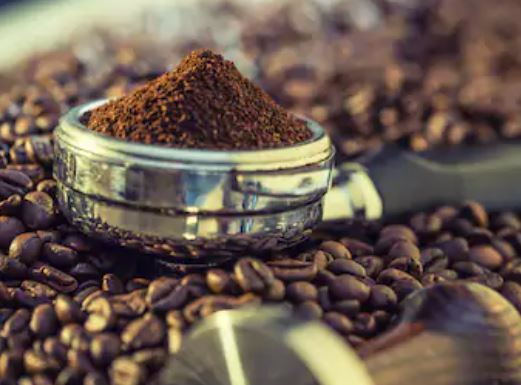Espresso Coffee Beans

Boost Your Car Audio Sound Quality
November 17, 2018Most of us love a good cup (or two) of coffee in the morning and maybe another to keep us going in the afternoon on a busy day.
But most of us, unless we’re really hardcore about our coffee preference or are involved in producing coffee beans, don’t usually think about what a quality coffee bean is or where they come from.
So, I’ll be going into what makes a quality coffee bean and the countries they’re commonly grown in. And also how coffee is roasted and decaffeinated.
What Makes a Quality Coffee Bean?
As with a lot of things, freshness is a key factor in the quality of beans. The best coffee beans are vacuum sealed under two weeks from roasting and brewed under two hours from grinding them.
Location also matters. High grown Arabica beans are usually considered the best.
This isn’t directly to do with the bean, but another factor is the cleanliness of your coffee pot and mineral content in your water. Scale can alter the taste of your coffee brew…
How do you sense a good bean when it’s brewed? Aroma, how it smells, is your first impression. Floral and nutty are indicators of a good quality and fresh bean.
Of course, there’s also body and taste. Body, how thick and rich the coffee is, is another way quality is measured. A French Pressed coffee is usually more rich because it retains more of the bean’s natural oils.
As far as taste goes, bitterness, at least to a degree, is actually a desirable trait in a coffee bean.
Where is Coffee Grown?
The coffee tree is a tropical evergreen shrub, so it grows in an environment that is warm or hot and gets a lot of rain. It’s also typically grown at a high altitude (usually very hilly places or mountains), at least Arabica beans. Because of this, coffee beans are usually handpicked.
There are two main commercially grown types of coffee beans. Arabica and Robusta. Arabicas need a temperature of around 15-24 C to grow. Robustas need a temperature of 24-30 C and can be grown at just above sea level.
So, to answer the question a little more directly, mainly South American countries…
How is Coffee Roasted?
Now that we know how to pick a quality coffee bean and where they’re grown, how is coffee roasted?
For commercial roasting, the beans are sorted into a hopper first, then moved to the roaster by conveyor belt. Then they’re roasted until they reach a temperature of 175 C or 347 F. Then the temperature may be adjusted. When the roasting is done, they’re moved again to be air cooled with a draft inducer.
Coffee beans lose about 15-18% of their weight due to water loss during this process, but can double in size.
The Decaffeination Process
For those of you who can’t have caffeine for health reasons or just want to cut down, but still love the taste of coffee, you might be wondering, how do they remove the caffeine?
This process is done before roasting, while the beans are still green and there’s four main ways to remove caffeine. Two using solvents and two without solvents.
The two solvents that are commonly used are methylene chloride and ethyl acetate.
There’s also two ways to use these solvents. The beans can be soaked directly in solvent, or the solvent can be added to the water used to soak the beans after, so it never touches the beans.
Then there’s the Swiss Water Process and the CO2 (or Carbon Dioxide), which don’t use solvents.
The Swiss Water Process begins by soaking the beans in very hot water to dissolve the caffeine. Then the water is drawn off and passed through an activated charcoal filter. The beans are discarded and the water is reused to soak a new batch of beans.
With the CO2 method, water soaked beans are put in a stainless steel container. The container is then sealed and liquid CO2 is forced into the coffee at a pressure of 1000 pounds per square inch. The CO2 is then transferred to a different container, where the pressure is released and the CO2 goes back to a gaseous state and the caffeine is removed. The CO2 is pumped back into a pressurized container and reused.
So, no matter where you buy your coffee or whether you buy regular or decaf coffee, enjoy your next cup and appreciate the work that goes into it. If you need a source, check out this Best Espresso Beans for the Money content. Cheers!
(Sources: espressocoffeeguide.com, coffeeandhealth.org, wikipedia.org and coffeeconfidential.org)


